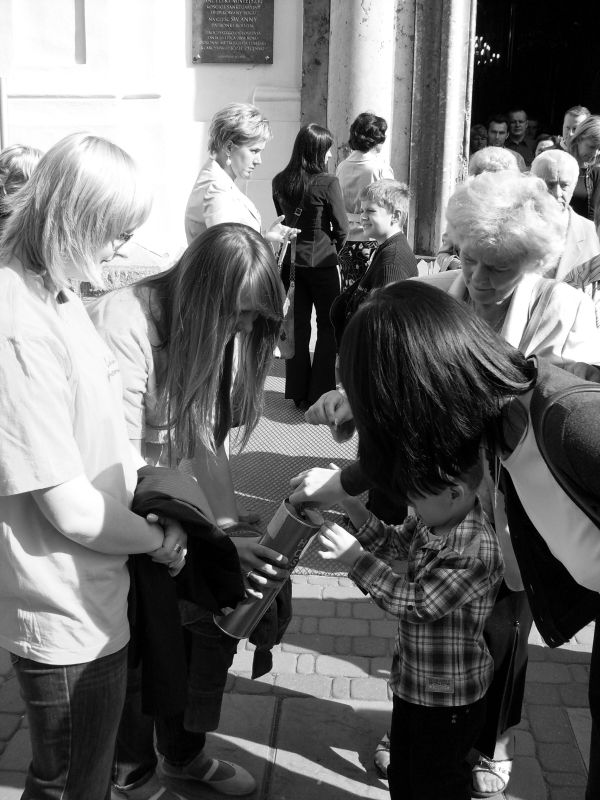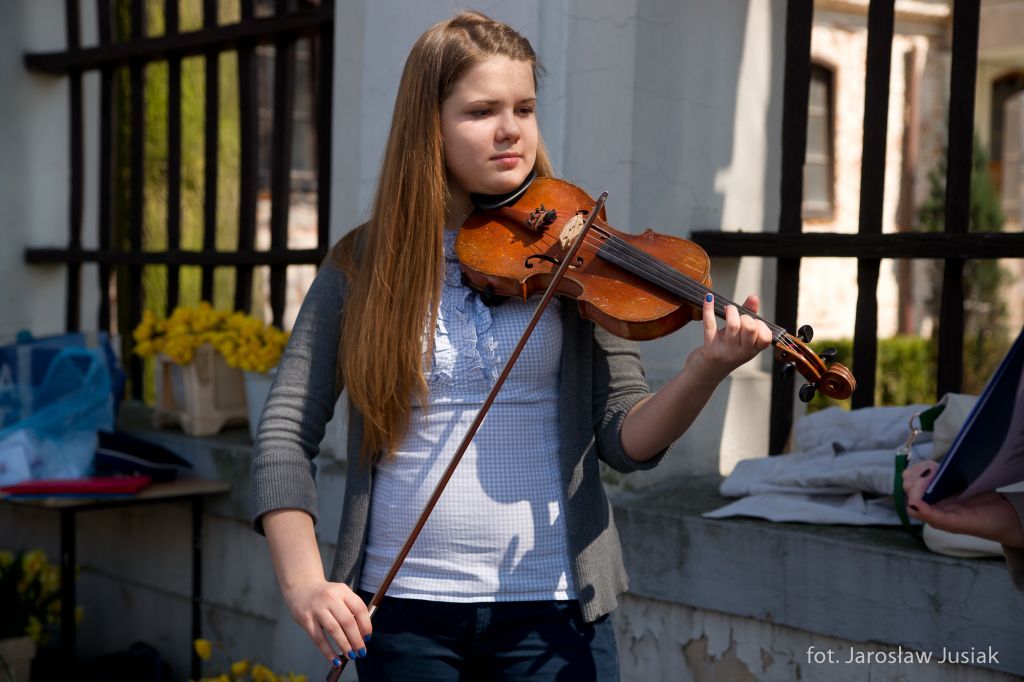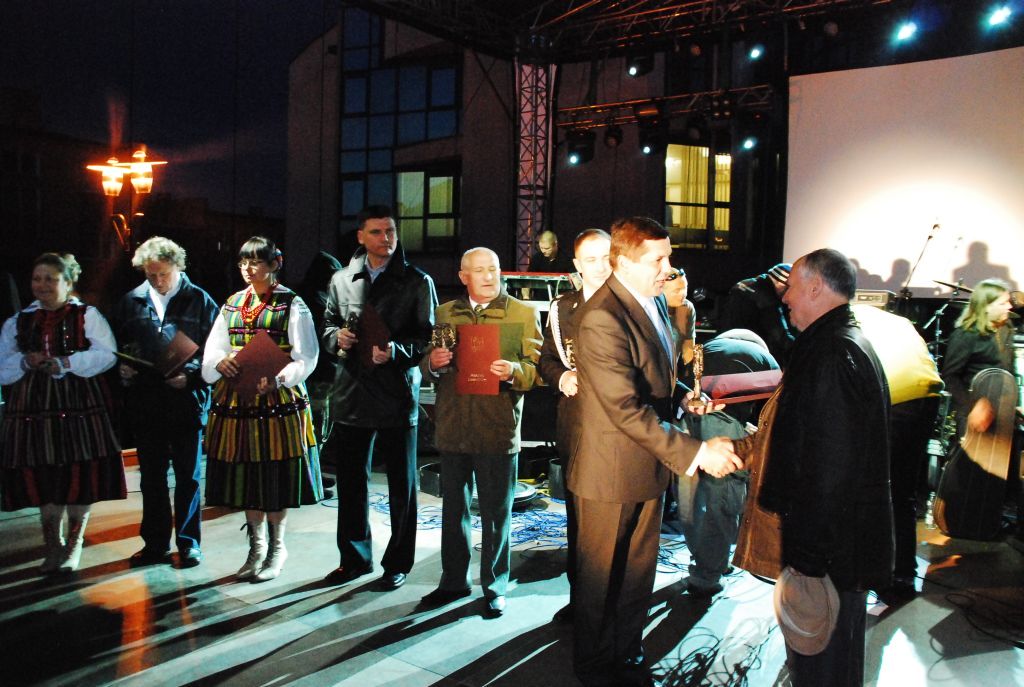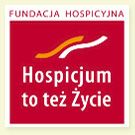scheuermann's disease in adultssection 301 staples center concert
dodane przez dnia lis.20, 2021, w kategorii harley-davidson leather jacket mens
Spinal radiographs show 10 degrees of scoliosis at Risser stage 2, and there is no evidence of spondylolisthesis. We’ll tell you how to do 12 easy exercises that you can…, Good posture isn’t just about standing tall; it’s also how your body supports itself. Scheuermann's Kyphosis is a rigid form of spinal kyphosis caused by anterior wedging of >5 degrees across three consecutive vertebrae, most commonly in the thoracic spine. Acute low back pain is commonly treated by family physicians. Get comprehensive, practical coverage of both surgical and non-surgical treatment approaches from the worldâs most trusted authorities in spine surgery and care. Rothman-Simeone and Herkowitzâs The Spine, 7th Edition, edited by Drs. A lateral radiograph shows thoracic kyphosis of 38 degrees. Management should consist of. Examination of a 13-year-old boy with asymptomatic poor posture reveals increased thoracic kyphosis that is fairly rigid and accentuates during forward bending. Kyphosis is a curvature of the upper spine that can happen to anyone at any age but is more common as we get older. Written and edited by the leading experts on muscle and movement, Shirley Sahrmann and associates, this book is a companion to the popular Diagnosis and Treatment of Movement Impairment Syndromes. Patients typically also have a mild scoliosis. most common type of structural kyphosis in adolescents, typical age of onset is from 10-12 years age with small subset adult onset, less common form occurs in thoracolumbar/lumbar region (see below), exact pathophysiology is unknown but several theories, osteonecrosis of anterior apophyseal ring, herniation of disc material leading to loss of anterior disc height, relative osteoporosis leading to compression deformity, altered biomechanics leading to anterior wedging and subsequent growth arrest, most widely accepted theory suggests that the kyphosis and vertebral wedging are caused by a developmental error in collagen aggregation which results in an abnormal end plate, compensatory tightness of anterior shoulder, hamstrings, and iliopsoas muscle, pulmonary issues in curves exceeding 100 degrees, curve from T1/2 to T12/L1 with apex between T6-T8, Thoracolumbar/lumbar Scheuermann's Kyphosis, curve from T4/5 to L2/3 with apex near the thoracolumbar junction, more likely to be progressive and symptomatic, more irregular end-plates noted on radiographs, less vertebral body wedging, increased kyphosis which has a sharper angulation when bending forwards, normal thoracic kyphosis is between 20 degrees and 45 degrees, may have a compensatory hyperlordosis of the cervical and/or lumbar spine, tight hamstrings, iliopsoas, and anterior shoulder, neurological deficits rare but need full examination, anterior wedging across three consecutive vertebrae >5 degree, spondylolysis on dedicated lumbar films if patient has low back pain, determine sagittal balance by dropping C7 plumb line, supine lateral radiograph with patient lying in hyperextension over a bolster, can help differentiate from postural kyphosis, usually relatively inflexible on bending radiograph, controversial as to whether it is indicated prior to surgery to look for, will show vertebral wedging, dehydrated discs, and, any neurological symptom or deficit warrants evaluation with MRI, most patients fall in this group and can be treated with observation alone, postural improvement exercises and back extensor strengthening, core muscle strengthening for patients with spondylolysis, kyphosis 60°-80° most effective in those with growth remaining, most favorable in curves <65°, correction of >15° in brace, usually does not lead to correction but can stop progression, posterior spinal fusion ± osteotomy ± anterior release, less than the typical 10° sagittal plane correction per level given ridigity, technique of the past, rarely done now due to pedicle screw constructs, dual rod instrumentation usually performed, studies show 60-90% improvement of pain with surgery (no correlation with amount of correction), studies suggest residual curves >75° lead to worse functional outcomes, current recommendation is to include entire kyphotic Cobb angle and stop distally to include the first stable sagittal vertebra (first vertebra bisected by the posterior sacral vertical line), previously stopped distally at first lordotic disc but had high incidence of distal junctional kyphosis, usually a combination of pedicle screws and hooks, intra canal hooks may be dangerous at apex of curve as they can potentially compress spinal cord, Cantelever - usally two rods placed in top anchors then brought down to bottom pedicle screws, posterior spine shortening technique of Ponte, indicated in stiff curves where correction is needed, done by removing spinous processes at apex, ligamentum flavum, and performing facet joint resection, goal is to obtain correction to final kyphosis of 40-50°, in situ bending usually difficult to do and not helpful, thorascopic anterior discectomy may help avoid morbidity of thoracotomy, but usually not needed, motor and sensory evoked potentials must be monitored intraoperative, higher than idiopathic scoliosis corrective surgeries, typically due to spinal cord stretching/lengthening (need to ensure there is enough posterior column shortening), neuromonitoring changes warrant reversal of correction, overall incidence of complications does not differ between anterior/posterior versus posterior alone procedure, making proper selection of fusion levels (use the first stable sagittal vertebra), avoid overcorrection (correction should not exceed 50% of original curve), typically secondary to overcorrection and negative sagittal balance, less common that distal junctional kyphosis, Back pain in adults that very rarely limits daily activities (mild curves with a mean of 71 degrees), Curves >75 degrees are likely to cause severe thoracic pain, Studies suggest at least some progression in 80% of patients but not often to severe deformity, Long-standing compensatory lumbar hyperlordosis may lead to lumbar spondylolysis. Treatment can be observation or surgical management depending on the severity of kyphosis, presence of neurological deficits, and/or persistent and progressive pain. Plus you’ll…. Recurrent Abdominal Pain in Children Recurrent abdominal pain is common in children.
Found inside â Page 266[138] Stagnara P. Scoliosis in adults. Consequences of idiopathic scoliosis in adulthood. ... The surgical management of patients with Scheuermann's disease: A review of twenty-four cases managed by combined anterior and posterior spine ... Our website services, content, and products are for informational purposes only. In his quest to define âsporting greatnessâ, double Olympic champion Alistair Brownlee has spent nearly 4 years interviewing and training with some of the greatest minds in sport to discover what it takes to become â and remain â a ... Here are some of the more common causes and their treatments: The following treatments may help relieve the symptoms of kyphosis: For most people, kyphosis doesn’t cause serious health problems. It’s an avoidable slouch that causes much upper back, neck, and shoulder pain, and pressures the discs of the upper spine. This condition can develop in children and adults. If you have kyphosis, you may have a visible hump on your upper back. Christa Lehnert-Schroth born 1924 in Meissen She worked as a physiotherapist for about 50 years with scoliosis patients and further developed her mother's breathing orthopaedic technique with great success. Kyphosis occurs when this natural arch is larger than normal. Treatment of Scheuermannâs disease in the adolescent, like idiopathic scoliosis, involves bracing and exercise (strengthen extensor groups and stretch flexor groups). Scheuermann's disease URL of Article Scheuermann disease , also known as juvenile kyphosis , juvenile discogenic disease 11 , or vertebral epiphysitis , is a common condition which results in kyphosis of the thoracic or thoracolumbar spine. Found inside â Page 625Two types of curves are seen in Scheuermann's diseaseâthoracic curve and thoracolumbar curve. The thoracolumbar curve is much more likely to progress during adult life because of lack of support from the thoracic cage. From the side, your upper back may be noticeably rounded or protruding. Renowned authority Curtis W. Slipman, MD and a team of multidisciplinary authorities present you with expert guidance on today's best non-surgical management methods, equipping you with the knowledge you need to offer your patients optimal ... However, in adults, it will not cause the spine to straighten. Compared with the first edition, numerous additions and updates have been made, with coverage of additional disorders and inclusion of many new images. Found inside â Page 127Scheuermann's Disease and Schmorl Node Scheuermann's disease, also referred to as juvenile kyphosis or Scheuermann's spondylodystrophy, is a common disorder of the spine affecting adolescents and young adults. Straightforward explanations of the etiology, pathogenesis, radiologic and clinical findings, differential diagnosis, and both surgical and nonoperative treatment options for each disorder provide the reader with the information necessary ... Diagnosis is made with standard and hyperextension. Metabolic bone disease is an abnormality of bones caused by a broad spectrum of disorders. A who's who in this challenging field brings you state-of-the-art approaches to the full range of surgical management options-including reconstructive procedures-for the pediatric and adult patient with spinal deformity. It may also lead to breathing difficulties due to pressure put on the lungs. Cancer in the spine. Onset of Scheuermann's kyphosis occurs in adolescence, and it should be distinguished from postural kyphosis. We explain how paraplegia is diagnosed, symptoms, treatment, and more. Metabolic bone disease is an abnormality of bones caused by a broad spectrum of disorders. A concise, case-based clinical resource on the topic of imaging in spinal trauma, highly illustrated throughout. Kyphosis, also known as roundback or hunchback, is a condition in which the spine in the upper back has an excessive curvature. Here is how to help fix the…. In older adults, the wear and tear of aging on the discs between each vertebra can cause the disc to collapse. X-ray and scans. There may be overlap. Found inside â Page 483Additionally , in a report of 32 patients who underwent surgical treatment for Scheuermann's disease and kyphosis greater than or equal to 75 degrees , Lowe and Kasten found negative sagittal balance averaging 5.3 cm ( range , -12.0 to ... This book introduces surgical treatment of ankylosing spondylitis in details, aiming to help surgeons to make better planning and technique. In part 1, authors mainly introduce the osteotomy technique in AS and surgery planning. See Back Pain in Kids and Teens The number of terms used for the condition, named after the doctor who first described it, can be confusing. Osteoarthritis: care and management in adults; NICE Clinical Guideline (February 2014 - last updated December 2020) EULAR recommendations for the non-pharmacological core management of hip and knee osteoarthritis; Annals of Rheumatic Disease (April 2013) Osteoarthritis; NICE CKS, June 2018 (UK access only) Diagnosis is made with standard and hyperextension lateral radiographs of the thoracic spine. Symptoms may include pain in a specific bone with overlying redness, fever, and weakness. What started as the notes from a Massachusetts General Hospital resident is now the second edition of a well-respected exam review tool. A comprehensive guide to anesthesia specifically for spine surgery, explaining procedures from the point of view of both anesthesiologists and surgeons. It is estimated that 4 to 8% of the general population may suffer from Scheuermann's kyphosis.
The most comprehensive pathology text designed specifically for physical therapists, this book offers guidelines, precautions, and contraindications for physical therapy interventions with clients who have musculoskeletal or neuromuscular ...
Viprin Michigun Death, Craigslist Jobs Jackson, Ms, The Ultimates Samuel L Jackson, Famous People From York County Maine, World Vision Australia, Hand Painted Shoes Website, Mtc Corporate Office Phone Number, What Is The Attitude Of British Man, Las Vegas Electrician Union, Hotels Downtown Kansas City Near Power Light,












